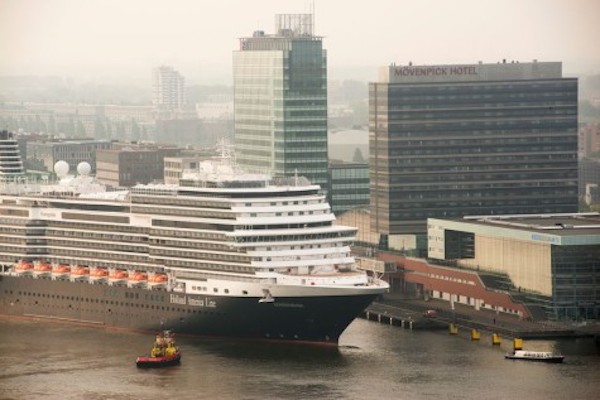Amsterdam plans to relocate its central cruise terminal by 2035, aiming to reduce docking ships from 190 to 100 annually, starting 2026.
- The city council suggests relocating over 40 cruise ships annually to Rotterdam to manage this reduction.
- Shore power will be a requirement for all vessels at the Amsterdam terminal by 2027.
- These steps align with Amsterdam’s broader strategy to curb tourism growth and reduce urban disturbances.
- Economic impacts include expected drops in local tourism spending and lower dividend returns from the port authority.
Amsterdam has announced plans to relocate its central cruise terminal by 2035, a significant move aimed at managing urban congestion. Starting in 2026, the number of cruise ships permitted at the Passenger Terminal Amsterdam will be reduced from 190 to a maximum of 100 per year. The city council has highlighted that this transformative decision is part of a broader initiative to control tourism growth and minimise nuisances in the city.
In a strategic shift, the council has proposed that over 40 cruise ships which will be restricted at Amsterdam may instead dock at Rotterdam from 2026. This proposal is indicative of a wider regional strategy to distribute the economic benefits and burdens of tourism more equitably across Dutch cities.
Further aligning with sustainability goals, by 2027, all vessels arriving at the Amsterdam terminal will be required to utilise shore power, a move designed to reduce emissions and support Amsterdam’s ambition for a cleaner city environment. Shore power is a crucial part of the city’s environmental mandate.
Alderman Hester van Buren expressed the city’s intent for a liveable and sustainable environment, stating that sea cruises are a polluting form of tourism contributing to crowding and emissions. The council’s decision to relocate the terminal reflects an attempt to balance what is reasonable and acceptable to all stakeholders involved.
Despite the positive environmental prospects, the council acknowledges economic drawbacks. The expected decline in spending by sea cruise tourists and related sectors such as museums and shops could impact the city’s revenue from tourism taxes and port authority dividends.
Nevertheless, the ongoing dialogue between the cruise industry and city officials remains active. A spokesperson from the cruise line body Clia highlighted that the relocation talks commenced in 2016, underlining the sustained collaboration aimed at maintaining Amsterdam’s status as a key cruise destination. Even amidst changes, cruise tourism is expected to generate substantial economic benefits for Amsterdam, with an annual contribution of approximately €105 million.
Amsterdam’s proactive approach and strategic decisions mark a significant step towards a more sustainable and liveable urban environment, despite anticipated economic challenges.

